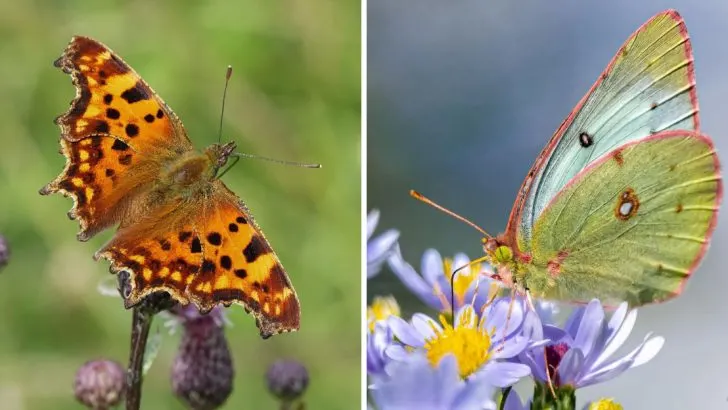Butterflies bring a touch of magic to any yard, fluttering gracefully among the flowers. But these delicate creatures are more than just beautiful visitors—they’re storytellers of the natural world. From their vibrant patterns to their behavior, butterflies carry clues about the health of your garden and the surrounding ecosystem.
Each butterfly species has its own fascinating traits and habits, offering insights into everything from local plant life to environmental changes. Here are 12 butterflies you might find in your yard and the intriguing secrets they hold about the world around them.
Monarch Butterfly
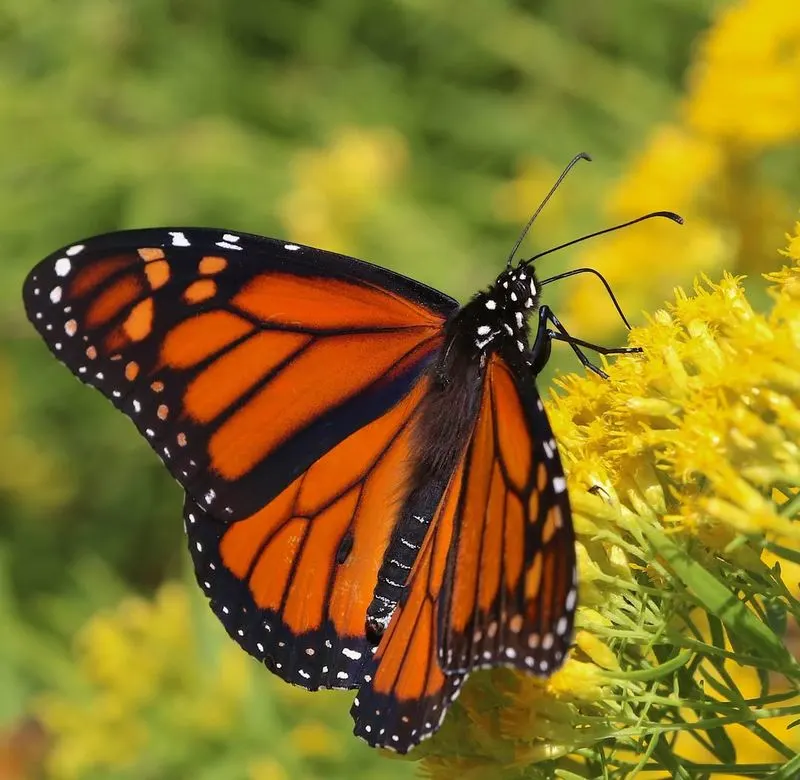
Monarchs are the royalty of the butterfly world, famous for their striking orange and black wings. In the first paragraph, they lay eggs exclusively on milkweed, which their caterpillars feed on.
This unique relationship highlights their role in the ecosystem.
Monarchs also undertake an epic migration, traveling thousands of miles from North America to central Mexico. This journey showcases their incredible endurance and navigational skills.
If you spot a Monarch, consider planting milkweed to support their lifecycle. Protecting their habitat is crucial for their survival.
Witness the awe-inspiring Monarch and appreciate their environmental significance.
Swallowtail Butterfly
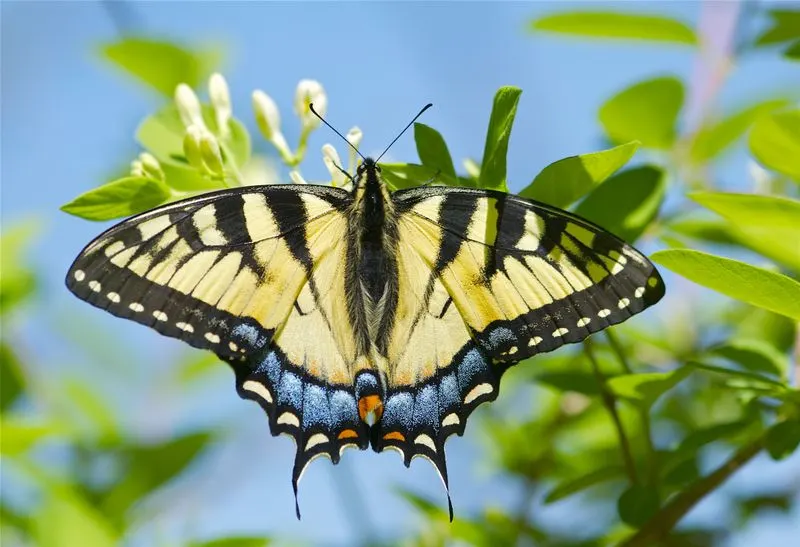
Swallowtails are among the largest butterflies you may encounter, known for their vibrant colors and distinctive tail-like extensions. In the first paragraph, these tails act as a defense mechanism, confusing predators and aiding in their escape.
Swallowtails enjoy a variety of host plants, including citrus trees and parsley. By planting these, you can attract them to your garden.
Watching a Swallowtail flutter by is a treat, revealing the beauty and adaptability of nature. Their presence indicates a healthy environment, so cherish these magnificent visitors.
Painted Lady
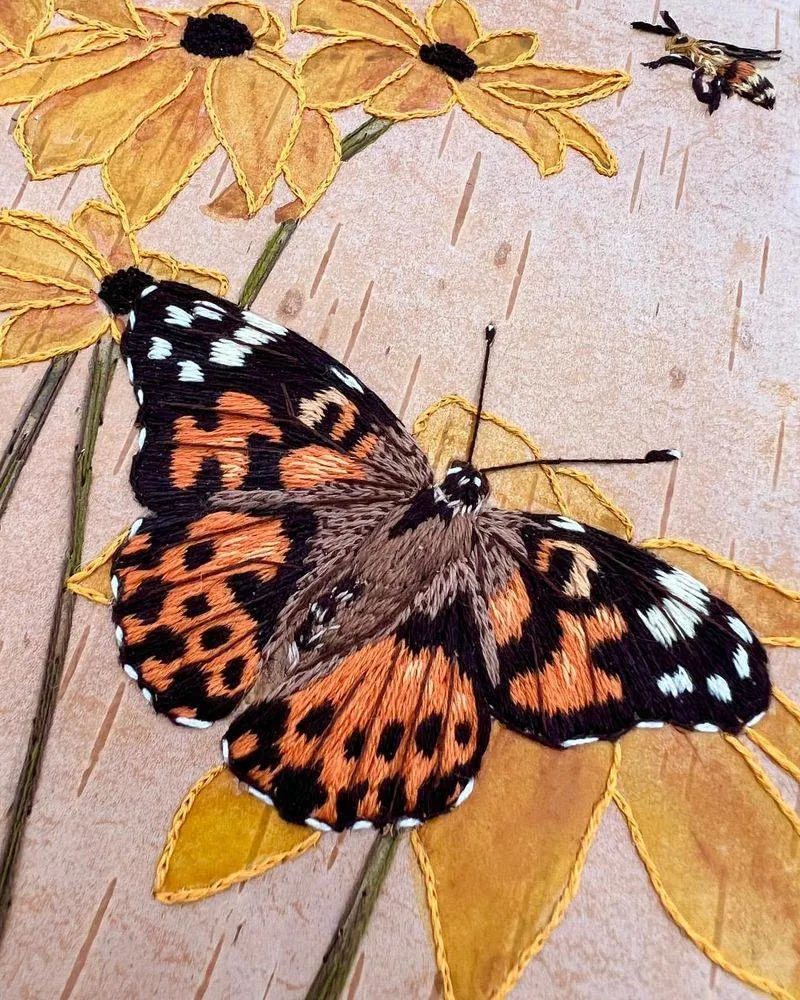
Painted Ladies are widespread and adaptable, known for their orange and black patterns. In the first paragraph, they embark on long migrations, sometimes covering thousands of miles, showcasing their resilience and adaptability.
These butterflies are generalists, feeding on a wide range of plants. This ability allows them to thrive in various environments, making them common visitors to gardens.
Spotting a Painted Lady reminds us of nature’s resilience and adaptability. Encourage their visits by planting diverse flowers.
Their colorful presence adds vibrancy to any landscape.
Red Admiral
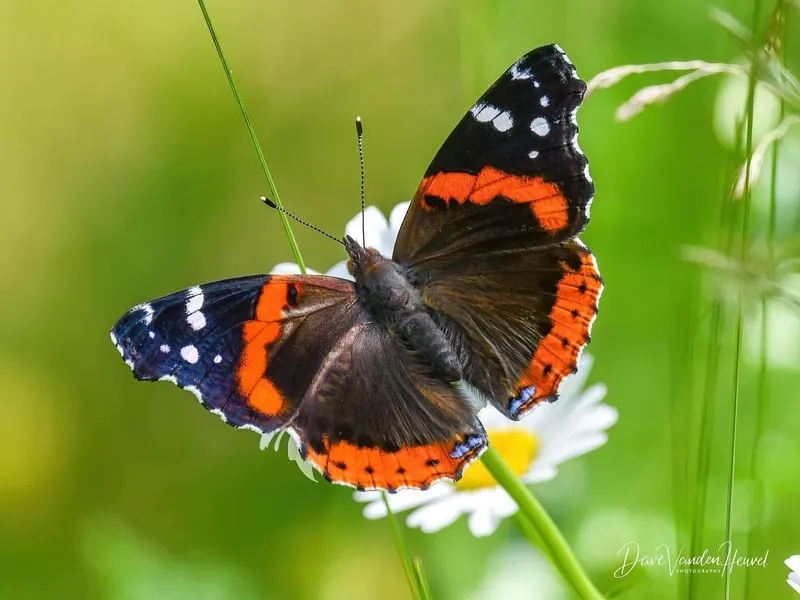
Red Admirals are bold, with their striking red and black wings making them easy to spot. In the first paragraph, they have a particular fondness for nettles, which serve as host plants for their larvae.
These butterflies are territorial, often seen chasing away intruders. This behavior highlights their spirited nature in the garden.
By providing nettles, you can attract these dynamic butterflies. Enjoy the sight of Red Admirals as they claim their space, adding a touch of drama to your garden’s ecosystem.
Cabbage White
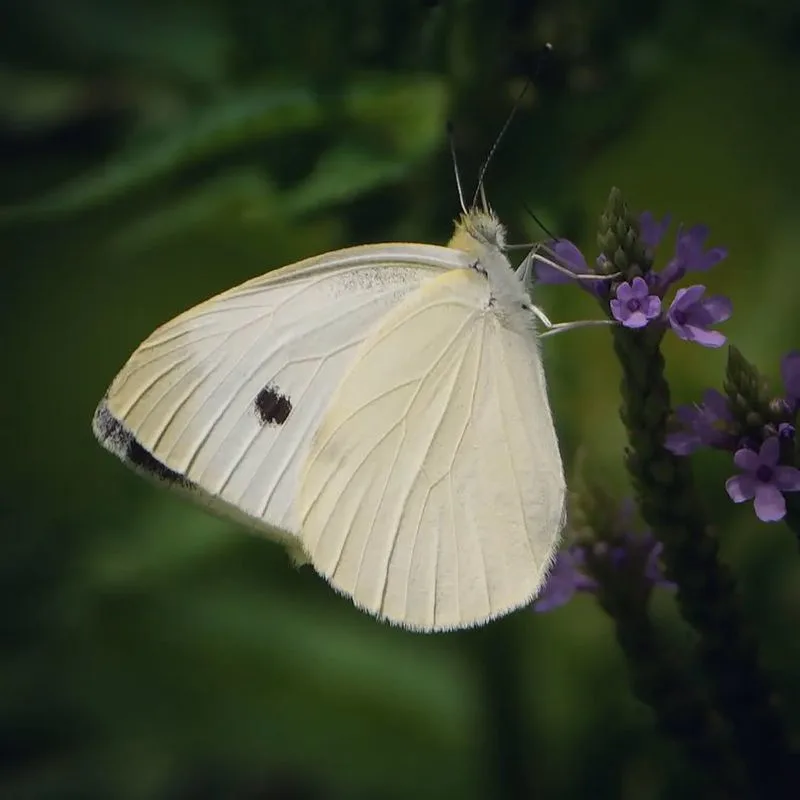
Cabbage Whites are ubiquitous and often seen fluttering over gardens. In the first paragraph, their pale wings with black spots can be spotted easily among vegetables.
These butterflies lay eggs on cabbage and related plants, making them a common sight in vegetable gardens. Although considered pests by some, they play a role in the food chain.
If you garden, consider using natural pest control to manage their population. Observing Cabbage Whites reminds us of the delicate balance in nature and the interconnectedness of species.
Common Buckeye
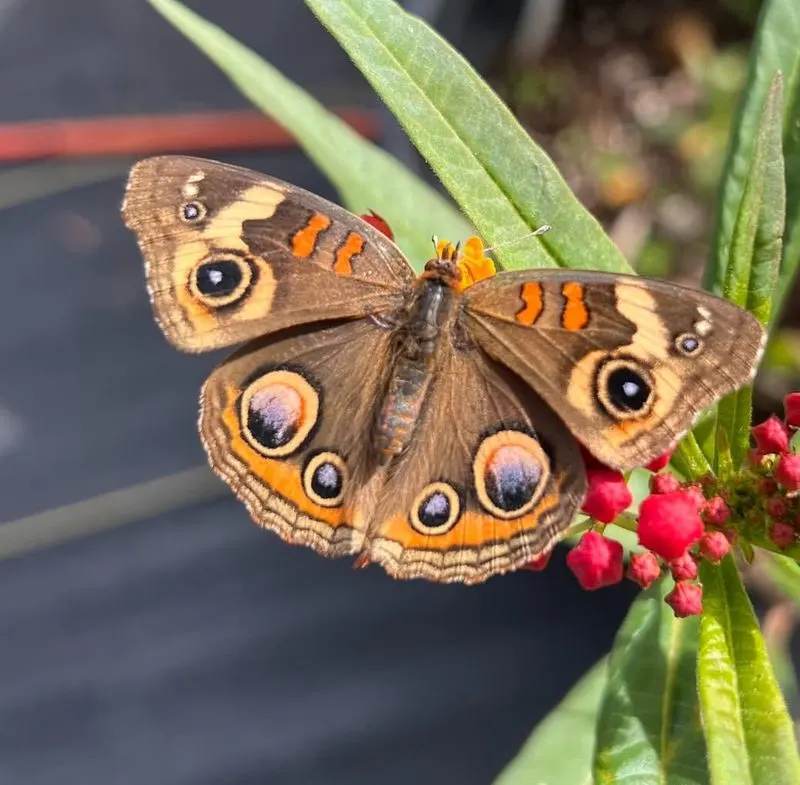
The Common Buckeye is known for its eye-catching eye spots on brown wings. In the first paragraph, these spots serve as a defense mechanism, deterring predators.
They thrive in open, sunny areas and are often seen basking in the sun, absorbing warmth. Their preference for sunlit spaces makes them easy to spot.
Attract Buckeyes by planting nectar-rich flowers in sunny spots. Their presence is a signal of a healthy, sunny garden.
Enjoy their beauty and the natural pest control they provide.
Viceroy Butterfly
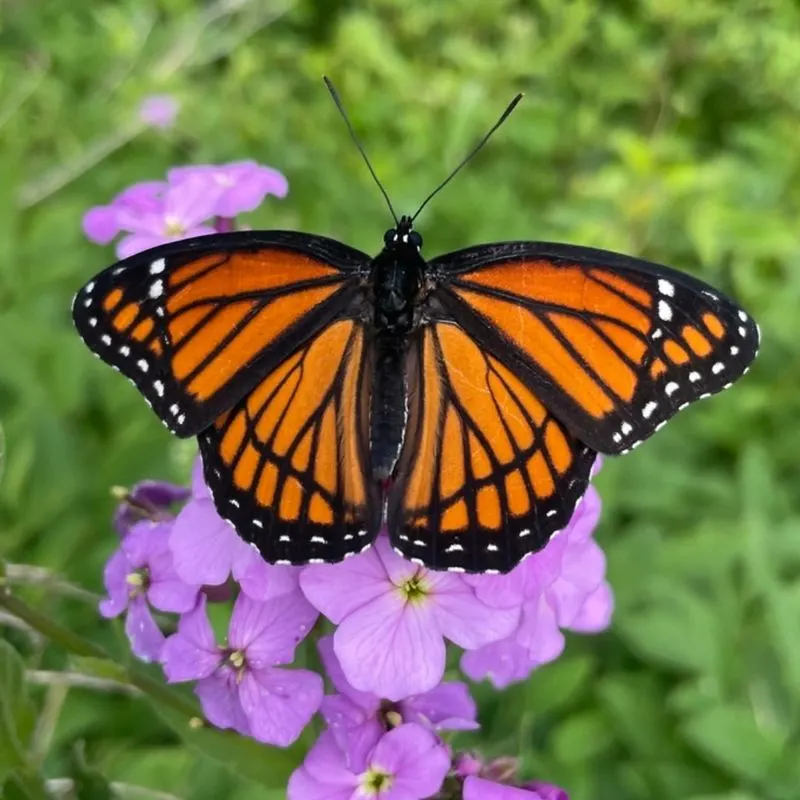
The Viceroy is a master of disguise, resembling the Monarch but with a surprising twist. In the first paragraph, these butterflies mimic Monarchs, deterring predators due to the Monarch’s foul taste.
Unlike Monarchs, Viceroys are often found near willows and poplars, their preferred host plants. This distinction is key for identification.
Spotting a Viceroy adds intrigue to your garden. Understanding their mimicry offers insight into evolutionary strategies.
Encourage their presence by planting willows, contributing to the diversity of your garden habitat.
American Lady
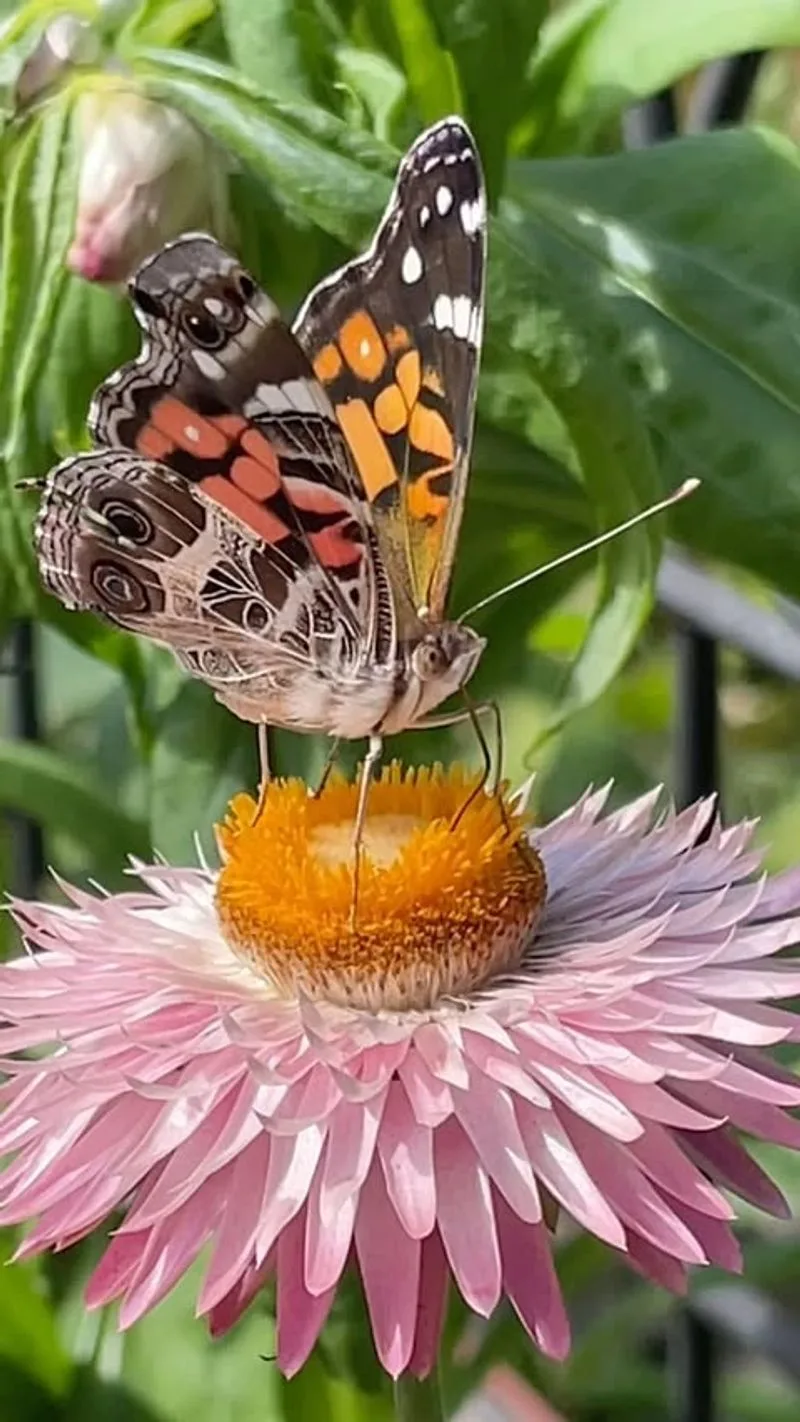
The American Lady is a vibrant butterfly, showcasing orange and black patterns. In the first paragraph, it is similar to the Painted Lady but with unique markings, including two large eye spots on its underwings.
These butterflies prefer sunny areas and can often be seen on daisies and other composite flowers. Their preference for open, flower-rich spaces makes them a delightful garden visitor.
To attract American Ladies, plant a variety of nectar-rich flowers. Enjoy their lively presence and learn to distinguish them from their close relatives.
Peacock Butterfly
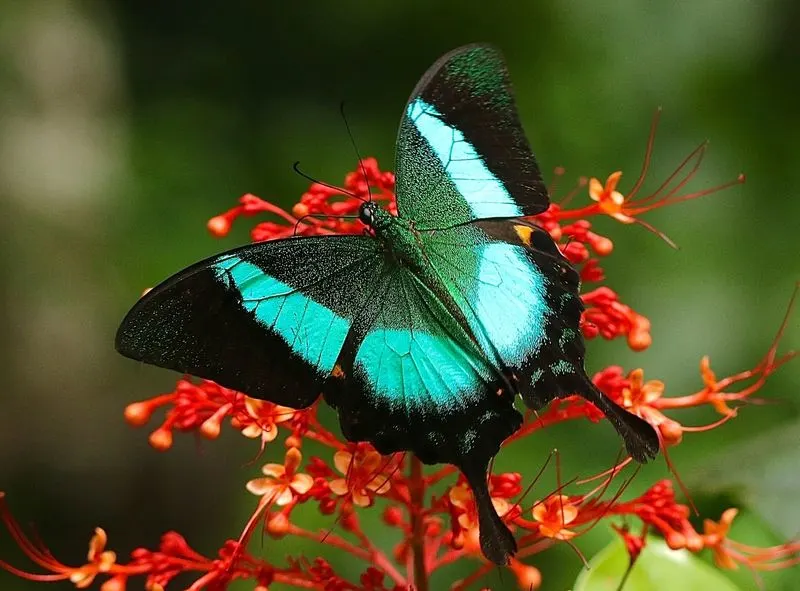
Peacock Butterflies are striking, with vivid blue eyespots on their wings. In the first paragraph, these eyespots serve as an effective deterrent against predators, mimicking the eyes of larger creatures.
They thrive in gardens with plenty of flowers and sunny spots. Their preference for well-planted gardens makes them frequent visitors.
By planting a variety of blooms, you can attract Peacocks, adding color and life to your garden. Appreciate their striking beauty and the natural defense strategies they’ve evolved.
Comma Butterfly
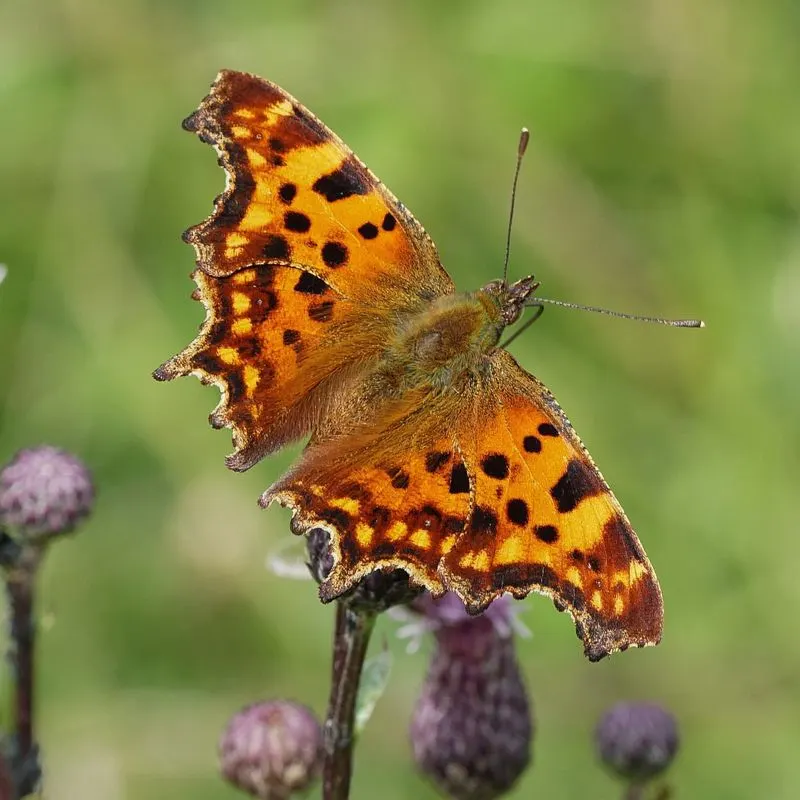
The Comma Butterfly is named after the small white comma-shaped mark on its underwing. In the first paragraph, its jagged wing edges resemble dried leaves, providing excellent camouflage.
Commas are versatile, seen in woods and gardens. Their ability to blend into surroundings makes them elusive but rewarding to spot.
Encourage their visits by providing a mix of trees and shrubs. Spotting a Comma offers a glimpse into nature’s artistry, showcasing the intricate adaptations of butterflies.
Clouded Sulphur
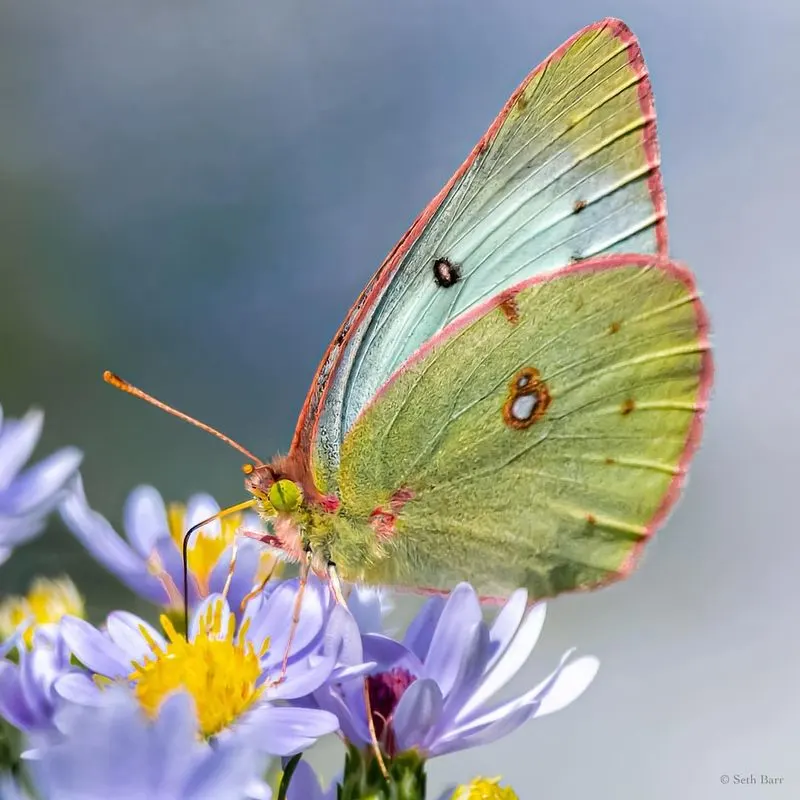
Clouded Sulphurs are delicate butterflies, recognizable by their lemon-yellow wings. In the first paragraph, they are often seen fluttering over fields and gardens, adding a splash of color to open spaces.
These butterflies prefer clover and alfalfa, which serve as host plants. Their presence is a sign of a thriving, pesticide-free garden.
Attracting Clouded Sulphurs is easy by maintaining a clover-rich environment. Their cheerful color brightens any garden, reminding us of the natural beauty and harmony in well-balanced ecosystems.
Orange Tip
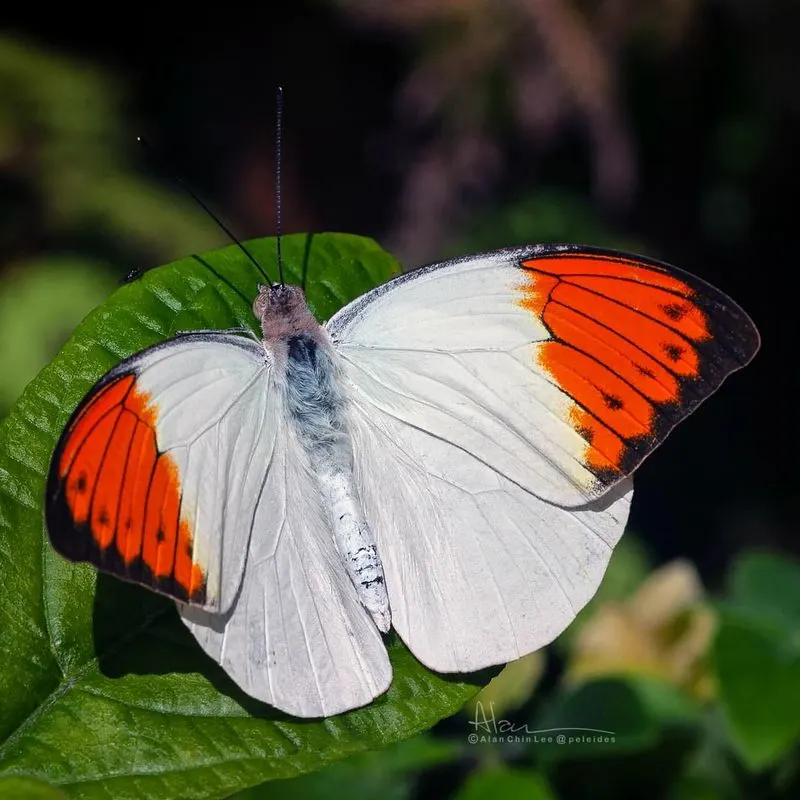
Orange Tips are charming butterflies, identifiable by the bright orange tips on their wings. In the first paragraph, males are more brightly colored, while females lack the orange markings.
These butterflies favor wildflower-rich meadows and gardens, often seen flitting among flowers. Their preference for diverse plant life makes them a valuable addition to any garden.
Attract Orange Tips by planting a variety of wildflowers. Their lively flight and distinctive appearance add charm and vibrancy to your outdoor space.

